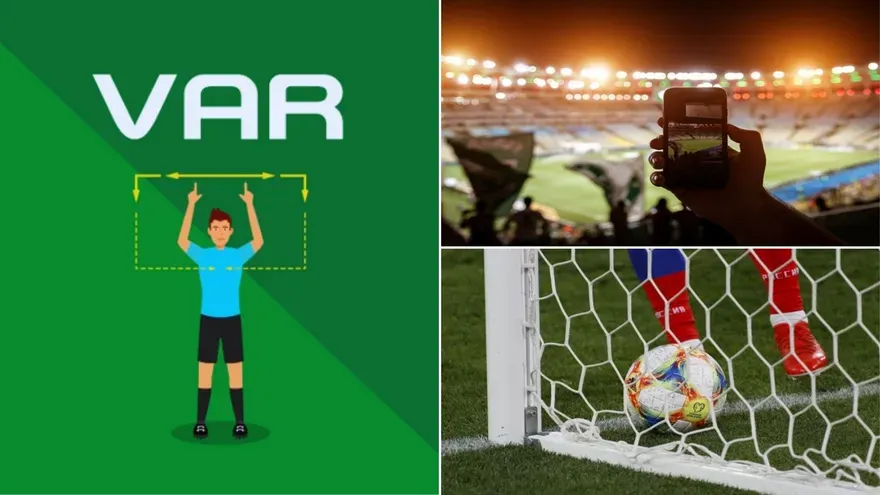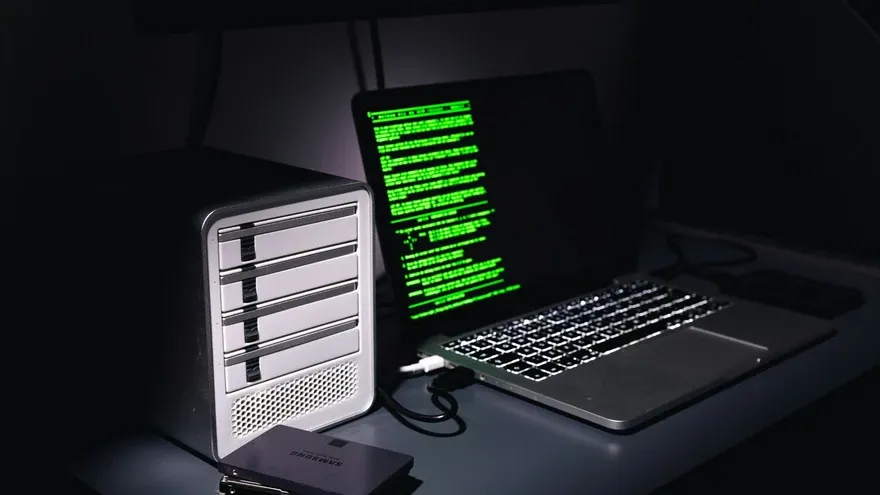Since then, this gentleman's game has come a long way with numerous changes and rules affecting the original gameplay. And now Cricket, like any other internationally acclaimed game, integrates many technologies to get accurate and fair results. Of course, most of them still outrightly get rejected by the purists, such as the use of Aluminum cricket bats etc. But still, several technological modifications are slowly becoming an indispensable part of the game Due credit must be given to the International Cricket Council or incorporating modern technologies.
Let us take a closer look at some of these famous technologies –
HawkEye Technology
Starting with arguably the most famous of them all, this technology is widely used in sports like Cricket, Tennis, Soccer, Badminton and similar outdoor sports for visually tracking the ball and displaying a record of its statistical path through movie image. In cricket specifically, this technology is used to show the trajectory of the ball once delivered from the bowlers' hand. Originally implemented in 2001, it is solely used to track the trajectory and is used in adjudicating LBW decisions, also side by side making the television broadcast more interactive. The Hawk Eye technology helps the umpire by watching where the ball pitched, the location of impact with the batsmen's leg and projected the path of the ball past batsman. It is an indispensable tool for cricket commentators around the world to confirm the umpire’s decisions and is generally trusted as an impartial second opinion in Cricket.
Speed/Radar Gun
You would have seen a speed gun, sometimes also referred to as radar speed gun, in many Hollywood movies being used by the law enforcement agencies to measure the speed of any fast moving vehicle(Fast & Furious Series, being the most obvious). Similar to that, this technology is used in cricket to measure the speed of the ball from one end of the pitch to the other and is used to calculate the speed of bowler's delivery. Implemented first in 1999, this technology actually tells us who was the fastest bowler and what was the highest speed the player achieved while setting up the record. The device works on Doppler's Shift and relays a beam from the radar head to detect movement across the entire length of the pitch. The most significant advantage of radar gun is that it is instantaneous and records the speed immediately as the ball passes the radar gun. This is the reason that in any cricket match, as soon as the bowler balls the delivery, the speed is shown on the screen. The gun works efficiently and helps to get the exact possible speed of the bowl.
Snickometer
Commonly known as Sniko, the technology is used in Cricket to analyze sound and video and show the noise frequency to gauge whether the ball touched the bat before going to the fielder even slightly, to determine if he was out. First introduced in the mid-90's, Snickometer has since then become a key technology to find out if the ball touched the bat or not. The Snickometer is used by third umpires, only upon the referral of ground empires, to take decisions on a complex catch appeal. The shape of the frequency helps the umpire to find out if the ball touched the bat on the way through to the wicketkeeper. This technology is only used to give television audiences more information and to show if the ball did or did not actually hit the bat.
Hot Spot
HotSpot came into play after the Snickometer was reportedly considered not accurate enough. It is an infra-red imaging system used to determine where the ball has struck before going to the fielder. The infrared image shows a bright spot where contact friction from the ball has elevated the local temperature. HotSpot technology is used to enhance the on-field umpire's decision-making accuracy, and is used in the Umpire Decision Review System nowadays.
LED Bails
The entire world was revolutionized when the LED technology was discovered and later spread. The gentleman's game also got a fair share of the benefits of that technology. Originally used in 2012, the LED bail glows once the ball struck the wicket/bail or the wicketkeeper whips off the bails. Packing a microprocessor and sensor in each bail along with a low voltage battery to determine if the wicket is broken in one thousand fractions of a second, the LED Bails have often been criticized to be an expensive solution to notice falling off the bails. The entire set-up during a match costs US$ 40,000 (Rs 25 lakh approx).
SpiderCam
The SpiderCam enables film and television cameras to move both vertically and horizontally over an already determined area, typically the playing field of a sporting event such as a cricket pitch. The SpiderCam system allows a gyro-stabilized camera-carrier to reach anywhere in the whole cricket field, flying effortlessly above the pitch, players, fans and the ground to bring in some truly spectacular pictures. For match directors, this technology comes as a dream. It allows them to spice up the moments which were otherwise dull. Boring shots of bowlers walking back to their mark, or batsmen clearing up the pitch could now be replaced by shots from the Spidercam - breath-taking views from high up near the roofs, or from right behind the players' backs.
Like a bird, the cam from being the eye in the sky, to plunging straight into the action, Spidercam is one innovation that has got everybody interested. It was first used in the Indian Cricket League followed by the semi finals of 2010 IPL in Champions League T20 in South Africa.
A wise man once said that development in any field is closely associated with the growth of technology (I just made that up: P).
Cricket is no exception. More and more technological advancements happening in the world currently have, and will continue to affect this sport. Till then, grab some popcorn and tag along with "Sports Social Blog: Chase Your Sport(www.chaseyoursport.com)" for more such news related to our individual favorite sports.














